Ceylon Sapphires: A Guide From a Jeweller
by Jacinta Mainstone
March 29, 2022 / Coloured Gemstones, Engagement Rings
If you’re looking for a sapphire engagement ring, you may have encountered the term ‘Ceylon sapphires’. We have written this guide to help you understand why Ceylon sapphires are among the most popular of coloured gemstones.
Sapphires are mined in several locations around the globe. Only those mined in Sri Lanka or Madagascar can be given the desirable Ceylon sapphire label. Sapphires from this region can commonly come in shades of pink, purple and yellow however this article focuses on the prized blue Ceylon sapphires.
Are Ceylon Sapphires Good Quality?
Ceylon sapphires are revered for their exceptional quality and captivating beauty. Exhibiting some of the most desired blue tones, Ceylon sapphires are highly sought-after in the gemstone market. Their blue shades, often with a hint of violet, range from mesmerising baby blue to intense, royal blue. The oft-used phrase Cornflower Blue is often used to describe a bright mid-blue with slight violet undertones. Ratnapura, located in the southwest of Sri Lanka, is the country’s most prominent source of coloured gems. Most Ceylon sapphires are found in alluvial deposits, which means they’ve been carried down from rock and washed up onto riverbeds. The lower quality sapphire crystals don’t typically survive this arduous journey, so the sapphires that are mined are clean and good quality. Their clarity makes them an exquisite choice for engagement rings and other jewellery.
Are Ceylon Sapphires Environmentally Friendly?
Ceylon sapphires are discovered in alluvial deposits in streams and riverbeds, so mining practices have minimal impact on the environment. Rather than digging large and deep mines, small equipment is brought onto the scene to find sapphire crystals around riverbanks, and the rest of the rocky gravel is replaced after the area has been mined through. These are operated by small teams of locals who sell their discoveries to local gem cutters. The small-scale, artisanal mining practices and government regulations requiring Ceylon sapphires to be cut in Sri Lanka before being sold to the global market result in low environmental impact, as well as supporting local communities and miners.
How Do You Identify a Ceylon Sapphire?
To confirm the authenticity of a Ceylon sapphire, you need specialised knowledge and equipment. These sapphires typically display a wide range of blue hues with a hint of violet, and their brightness and high clarity sets them apart. To ensure the sapphire is a Ceylon sapphire, you need a reliable source that can trace the gemstone’s origin back to Sri Lanka or Madagascar.
What is the Difference Between Ceylon Sapphires and Regular Sapphires?
The key difference lies in the origin and colour. Ceylon sapphires come from Sri Lanka (formerly known as Ceylon) or Madagascar and are famous for their exceptional colour and clarity. While the term ‘sapphire’ refers to all colours, the Greek term for sapphire translates to ‘blue stone’. Regular sapphires may come from various sources worldwide and come in every colour of the rainbow, including green and purple in addition to blue. However, when it comes to sapphires of unparalleled beauty, Ceylon sapphires with their vivid blues hold an allure that sets them apart.
What makes Ceylon sapphires expensive?
Ceylon sapphires are considered precious and fetch high prices due to several factors. One of the main reasons is their exceptional quality, which is characterised by vivid and captivating blue hues, often with a hint of violet. The region’s mines have a long history of producing some of the world’s most beautiful sapphires. This history contributes significantly to their exclusivity and desirability.
Ceylon sapphires are known for their high clarity, which enhances their brilliance and visual appeal. Their excellent transparency and minimal inclusions make them truly exceptional gemstones. The traditional significance of the term ‘Ceylon’ in the gemstone industry also contributes to their value.
Are Ceylon Sapphires hard to scratch?
Ceylon sapphires are among the hardest gemstones, boasting a rating of 9 on the Moh’s scale of mineral hardness. This makes them relatively durable and resistant to scratches. Ceylon sapphires are also quite tough which makes them resistant to cracking in normal everyday conditions. Ceylon sapphires are suitable for everyday wear in engagement rings and other jewellery pieces if worn with care.
Their superior hardness means that Ceylon sapphires can be worn daily without losing their brilliance. This durability, combined with their exquisite beauty, makes Ceylon sapphires a perfect choice. If you’re seeking a timeless and enduring gemstone, it will retain its charm for generations to come.
At Larsen Jewellery, we specialise in custom-made sapphire rings. We offer a stunning selection of Ceylon sapphires to make your engagement ring dreams come true. Visit us for an appointment, and our experts will guide you through the process. We’ll help you choose the perfect Ceylon sapphire and design your special engagement ring. Ceylon sapphires are a great choice for all engagement ring styles, including three-stone and halo designs. They allow you to create a cherished piece of jewellery that perfectly reflects your own personality and style.
Why is it called a Ceylon Sapphire?
Even though the tear-drop shaped island in the Indian Ocean has been named Sri Lanka since 1972. When it comes to sapphires, the convention is to use its old name, ‘Ceylon’.
The reason why blue sapphire is simply called ‘sapphire’ is that, in the Greek language, sapphire roughly translates as ‘blue stone’. Some of the finest examples of blue are seen in Ceylon sapphire. From softer baby blues to mid-blue or so-called ‘cornflower blue’, through to the rare and intense royal blue stones. Today the vast majority of Ceylon sapphire is cut in Sri Lanka. Other types of sapphires mined in Sri Lanka are pink, yellow, white, green, star stones and the very rare padparadscha sapphires.
Ceylon sapphires are a popular choice of gemstone for engagement rings, we specialise in custom made sapphire rings and would love to help you. Give us a call if you would like to come in for an appointment to view a selection of Ceylon sapphires to choose from or to discuss your engagement ring design. Sapphires are a fantastic choice for three-stone designs, halo engagement rings and many other styles so please let us know what your heart desires and we will help you bring it to life!
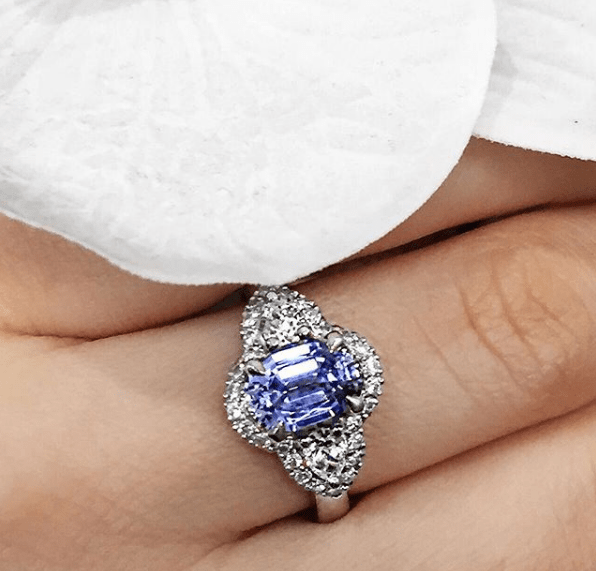
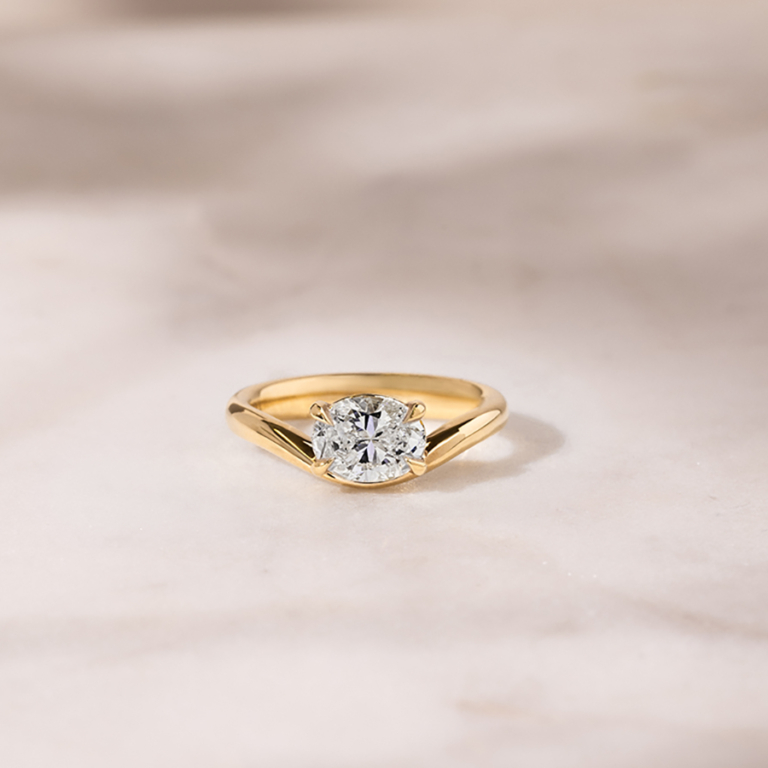
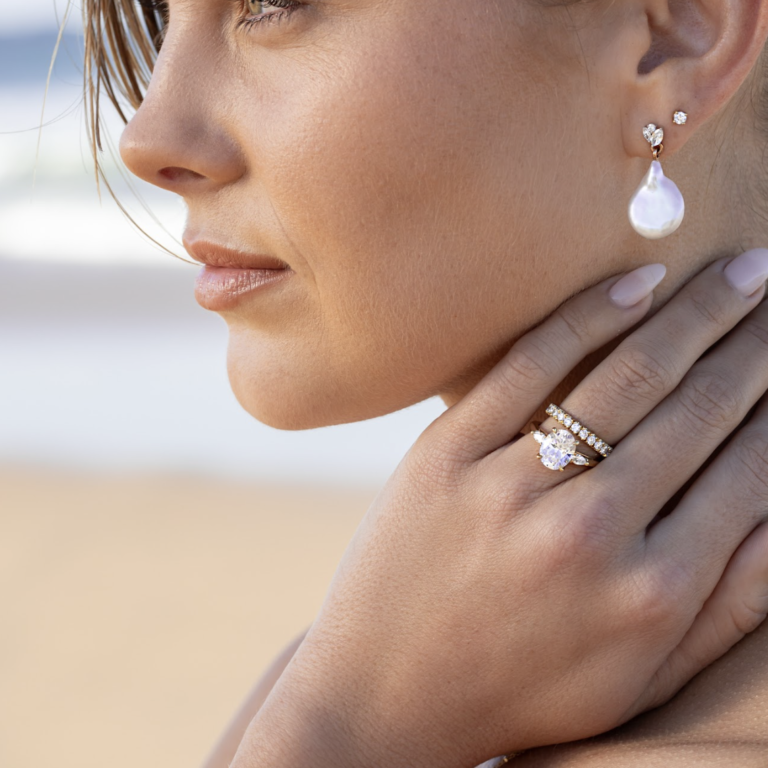
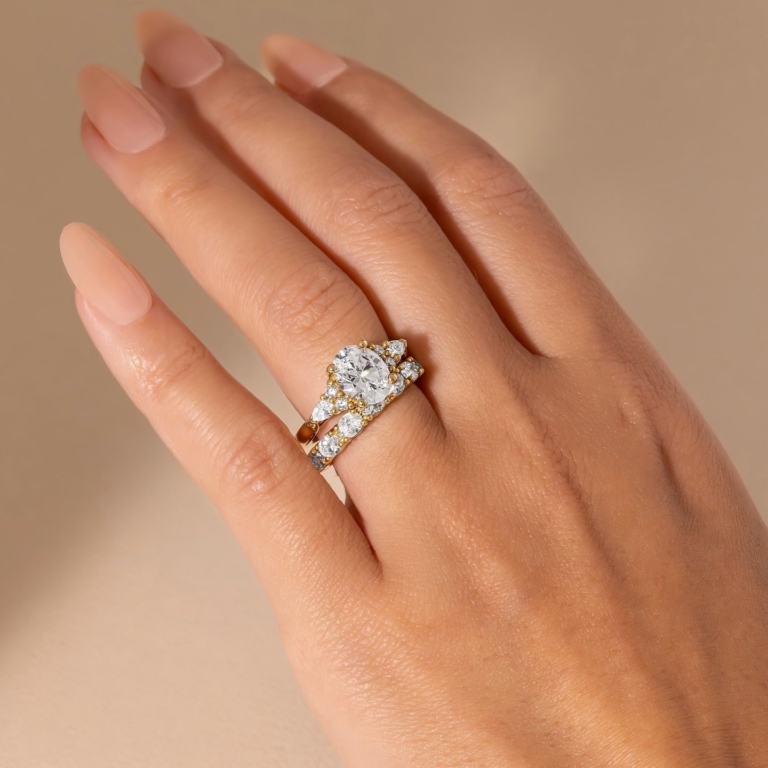
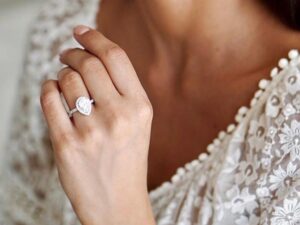

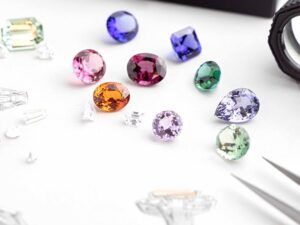

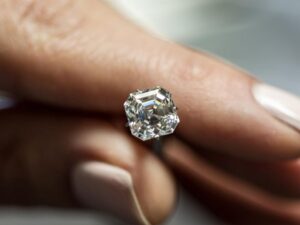
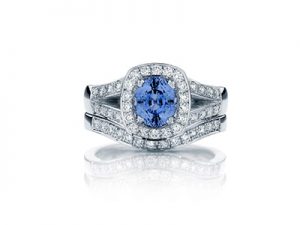
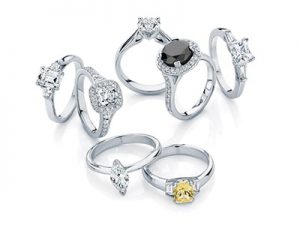

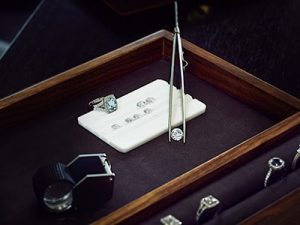
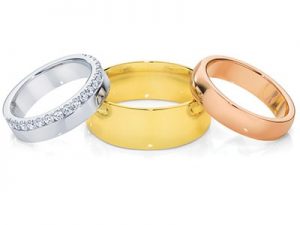
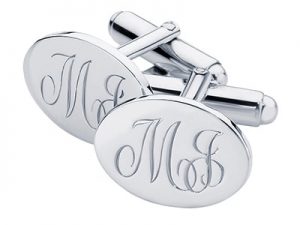

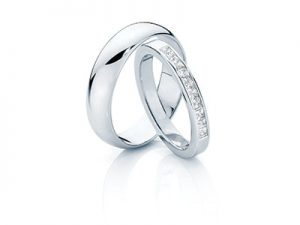
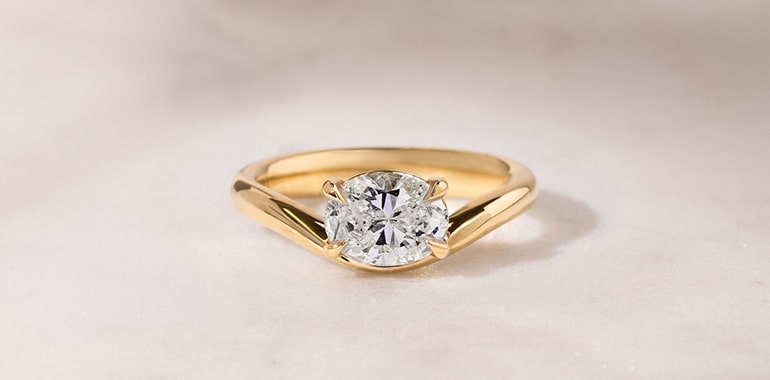
Could you please share some link to Ceylon sapphire rings? In oval shapes in gold with prices please
Hi Vipin,
The best thing to do would be to reach out to one of our studios where you can have a virtual consultation, share ideas of what you’re looking for and our jewellers can give you more information on an oval Ceylon Sapphire design made with Gold. There are many ways you can customise this style so our jewellers can guide you until you find the perfect design for you. Since our pieces are all custom made, you can discuss your budget with us and we can help you find a solution that fits.
I hope this helps!
Kind regards,
The Larsen Team